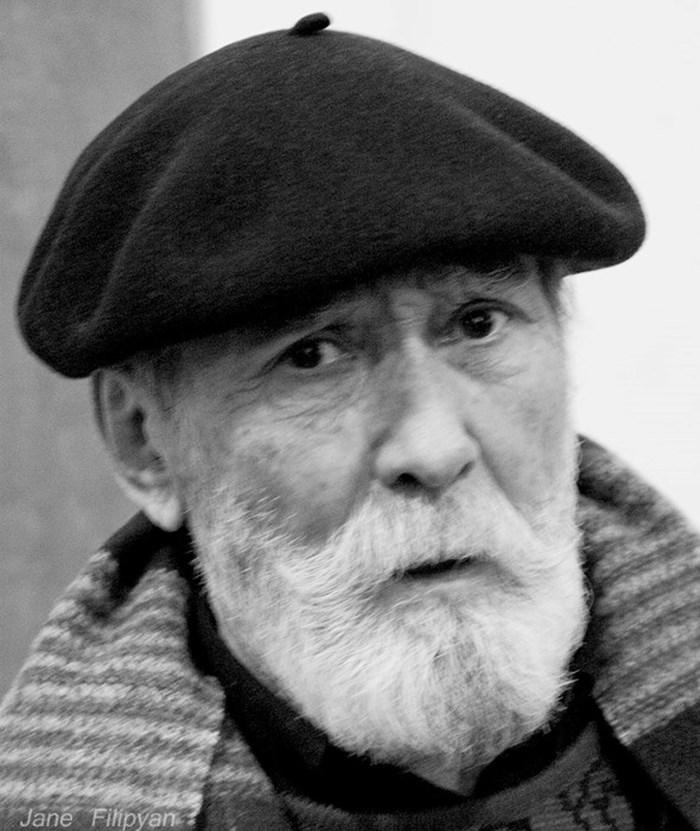
Ruben Martirosi Adalian
born 1929
1980 - 1980s
Ruben Adalyan is one of the prominent figures of late modern Armenian art. In 1956 he graduated from the Yerevan Institute of Fine Arts and Theater, and then began a prolific practice, working in the field of painting, graphic art and sculpture. Adalyan became fully beholden to the ideas of modernist art since his student years, and was particularly influenced by the trajectories of Pablo Picasso's and Yervand Kochar's artistic evolution. During the Khrushchevian 'Thaw’ period in the 1960s, Adalyan announced himself to the Armenian and Soviet viewers with a series of bravely experimental works that rejected the ideological framework of socialist-realist art, through a unique synthesis of surrealism, cubism, and expressionism. The search of authorial subjectivity and self-sufficient formal investigations was even more pronounced in Adalyan’s abstract paintings and sculptures – some of the very first to appear in post-war Armenian art. These works were rarely shown or publicised prior to Armenia’s independence in 1991, but they were known in more intimate artistic circles and had a profound impact upon the younger generation of Armenian experimental artists in the 1970s.
In his remarkably diverse practice, Adalyan has also worked with photography and especially photocollage. Made between 1985-88, these photo-based series mark Adalyan’s decisive turn towards the preoccupations and modes of contemporary (or post-modern) Western art. His collages include only ‘found’ photographs and magazine cut-outs. Saturated with contradictory details, the chaotic combinations of these collages deal with the socio-political context of the late Soviet era, and especially Mikhail Gorbachev’s project of ‘Perestroika’ (Reconstruction). They include fragments of images that signify various, often immediately recognisable historical narratives, cultural products and ideologies that are on the verge of degradation and collapse. Stylistic or chronological clarity is missing here and these discursive the ‘ruins’ of these cultural certainties are instead levelled into one, equalising mess. Consequently, by employing the strategies of pastiche and self-critique characteristic of post-modern movements in Western art, Adalyan's collages foresee the eminent collapse of the USSR and the eventual triumph of capitalist consumer culture.
Nationality
Armenian
Region
USSR, Armenia, ArmSSR
City
Yerevan
Activity
contemporary art
Media
collage
Collections
Museum of Modern Art, Yerevan; National Gallery of Armenia, Yerevan